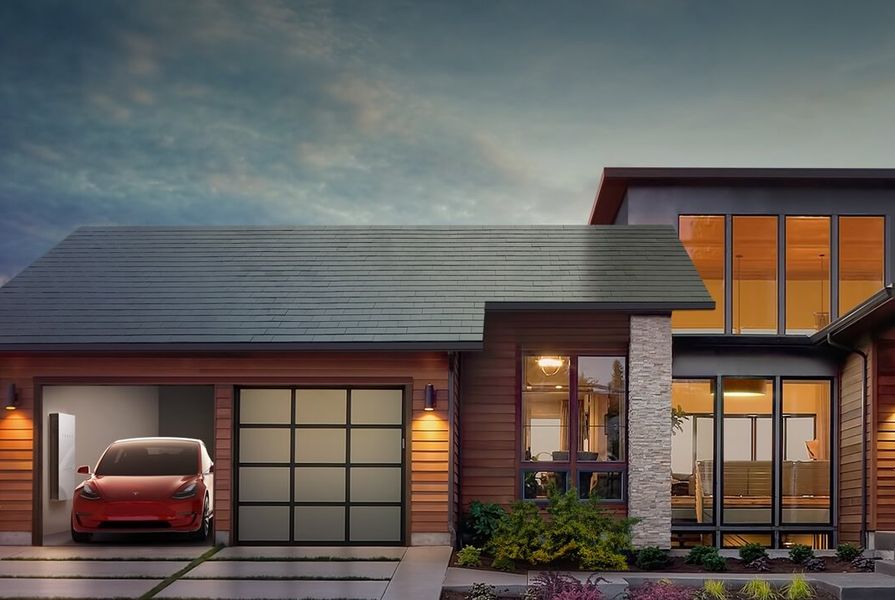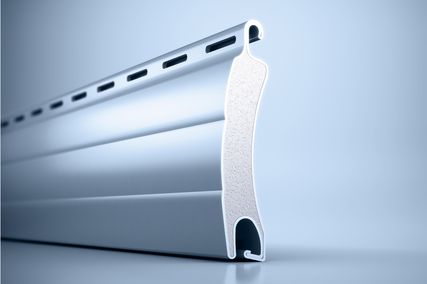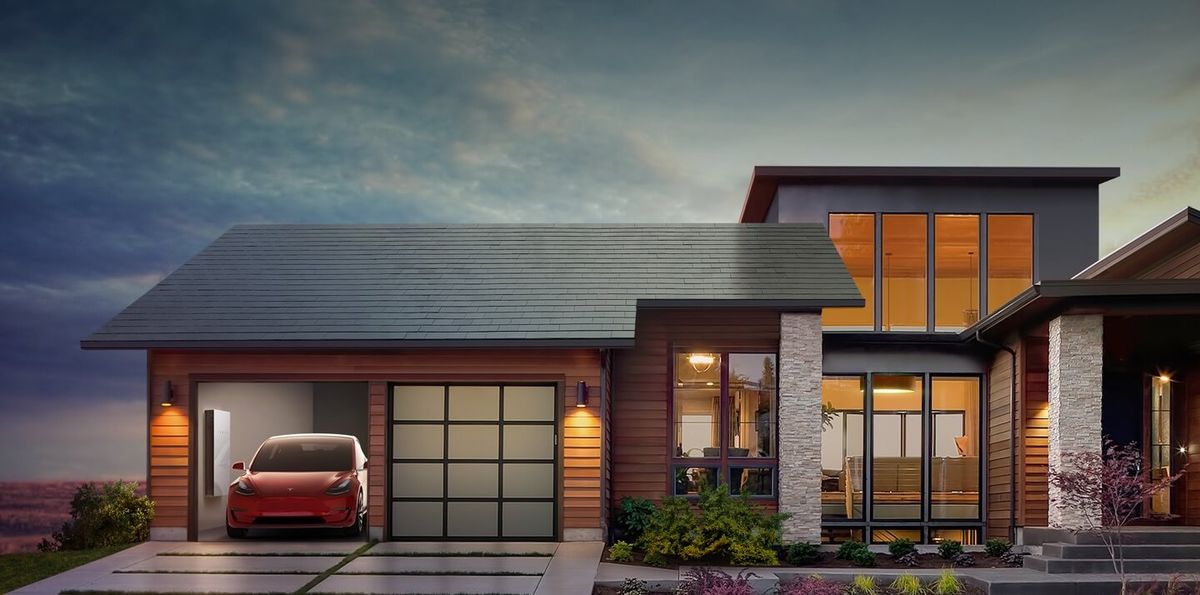American businesses Tesla Motors and SolarCity have launched new technology that allows homes to capture solar energy through rooftop solar tiles.
The textured rooftop tiles contain solar cells, providing a more attractive solar power option to consumers who might have been deterred by having large solar panels on their roof.
The announcement was made by Elon Musk, Tesla Motors’ CEO and SolarCity chairman, and coincided with the launch of Powerwall 2.0, the latest version of the wall-mounted battery.
Musk said the goal was to have solar roofs that “look better than normal roofs, generate electricity, last longer, have better insulation and have an install cost that is less than a normal roof plus the cost of electricity.”
The new Powerwall has twice as much energy as Powerwall 1, with 14-kilowatt hour energy storage, 7-kilowatt power output.
The Tesla Powerwall works by storing solar power to be used when the solar panels cannot be used directly due to lack of sunlight, such as during the evenings.
Musk said the Powerwall 2.0 can power a four-bedroom house including a fridge, sockets and lights for a day and if the house has solar it can be powered indefinitely.
According to a 2013 article on The Conversation, one of the barriers to people adopting solar power in Australia is the upfront costs. In the article, author Kylie Catchpole said it takes a household between five and 10 years to pay back the cost of solar panel installation, compared to a guaranteed system lifetime of 25 years.
The announcement from Tesla and SolarCity comes as a number of solar feed-in tariffs in Australia come to a close in 2016. These tariffs involve households receiving payment for the surplus electricity they export to the main grid. Tariffs vary from state to state. South Australia’s tariff has already expired and New South Wales and Victoria’s will expire at the end of the year.
Group 4 participants in South Australia will face reductions first. This includes households with solar power systems that became eligible between 1 October 2011 and 30 September 2013. From 30 September 2016, Group 4’s payments were reduced from 16 cents per kolowatt hour to 6.8 cents.
In New South Wales, from 31 December 2016 participants who joined the Solar Bonus Scheme before May 2011 will have their payments reduced from 60 cents or 20 cents per kilowatt hour to as little as 4.7-8 cents.
The Victorian Transnational Feed In Tariff (TFIT) took over from the Premium Feed-in Tariff in 2011 and closed in December 2012. Currently, TFIT pays 25 cents per kilowatt hour but as of 31 December 2016 this will drop to as little as 5 cents.
In July 2016 it was announced that a town in Melbourne would become the world’s first Tesla suburb with the installation of Tesla Powerwall technology within houses.
















